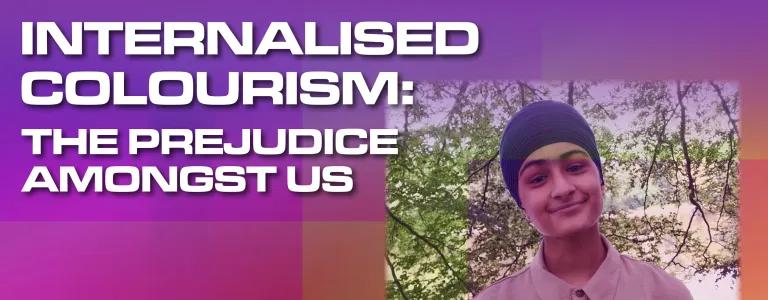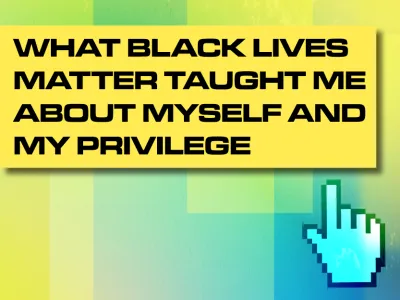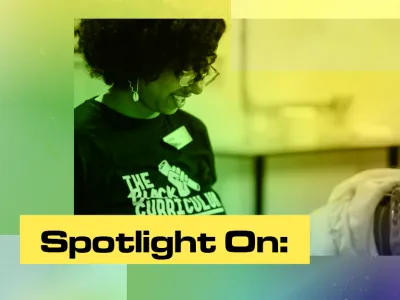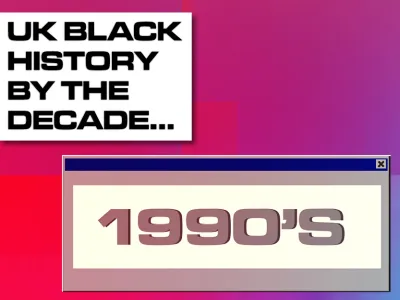
Internalised Colourism: The Prejudice Amongst Us
Include this article in your Skills Builder Journal. It could help you develop...![]()
![]()
Growing up, I was always told not to spend too much time out in the sun during the summer. I was told to cover up, careful not to get a tan, and although I don’t believe I was subjected to colourism as much as others I know (being a fairly light-skinned Indian), such colourist attitudes have always existed in my family for as long as I’m aware of. The truth is, it isn’t exclusive to my own experience and this is actually a reality for many.
Colourism is when one is discriminated against more than others of the same race, simply because of the shade of their skin. It can occur between people of different races, but my personal experience of it is having seen it between people of Indian, Black and mixed ethnic backgrounds.
In India especially, there is a dated, widespread misconception that a darker complexion is less attractive and that in order to be deemed beautiful, one must be fair and pale-skinned. Off the back of this, beauty companies have gained enormous profits by targeting people, especially within South Indian demographics, with skin-whitening creams and treatments becoming a multi-billion-dollar industry. The media portrays fair skin as more beautiful, indirectly showing society’s preference for those with a lighter tone and uses celebrity endorsement as a way to popularise these products.
In an Asian household like my own, I see countless advertisements every day on Indian television channels promoting this. They’re all pretty much the same, starting with a catchy jingle, followed by footage of already very pale people lathering their faces in these products and ending with a comment about how without this cream or face-mask, they wouldn’t be as fair as they appear. Choosing actors and actresses who are already of a lighter complexion, uses the media in an unjust way, depicting darker skin as something which should be rid of or fixed, when all skin is beautiful the way it is.

The media also tends to limit the representation of Black and ethnic groups and sometimes just includes them to simply ‘fill a quota’. They are often given very stereotypical roles, such as a Black actor/actress, playing a more uncomposed and wilder character than a white actor who may play a composed and calmer character. This tugs on colourist attitudes that date back to colonialism and slavery, where Black people were treated inhumanely, as though they needed taming and white populations who saw themselves as superior and that their visual qualities made them more collected and professional.
We all should be able to feel comfortable living in our skin and the colour of it shouldn’t be a barrier. It shouldn’t be a privilege either, because no race is superior to another. It should be the uniting force of acceptance and diversity in what would otherwise be a very dull world. Instead of encouraging skin tone bias, we should instead celebrate our differences, acknowledge the struggles of those who experience acts of discrimination and educate others to help make the world a more accepting place.
Colourism can impact mental health, self-image and relationships so it’s important to recognise that acts of colourism can happen in many parts of our life, including social and working life. In India, research has shown that when marriage bureaus are involved in arranging matches, those of a darker complexion are overlooked or even not considered and that those of a lighter skin tone are generally the first to be looked at. There are also common stereotypes such as darker Indian men working in IT support or call-centres and acts of discrimination against Black people, being told their hair type is unprofessional for a working environment. It’s this perpetuated colourism and normalising such beliefs that prevent us from progressing towards a more accepting future.
So, what steps can we take to help tackle this?
Battling colourism starts within our households and close social circles. We should support those who experience acts of discrimination because of their skin tone and help them find the courage to speak up about it and have open conversations with those who have made comments regarding skin tone bias or similar. Especially within a household like my own, where such colourist beliefs are very generational and therefore hard to break, it’s important to structure the conversation clearly, explaining what it is, why it is harmful and the impact that colourism can have on an individual. Speaking up about how colourism makes us feel, although daunting, is a powerful way to educate others and highlight why it shouldn’t be acceptable. It helps to break what has unfortunately become the norm, but as the rising generation, we have the power to enact change and rewrite the conversation surrounding race and skin tone. The power is in our hands.





